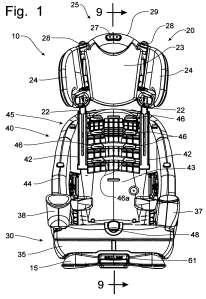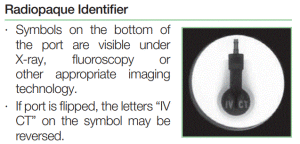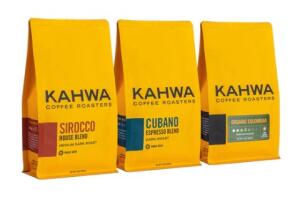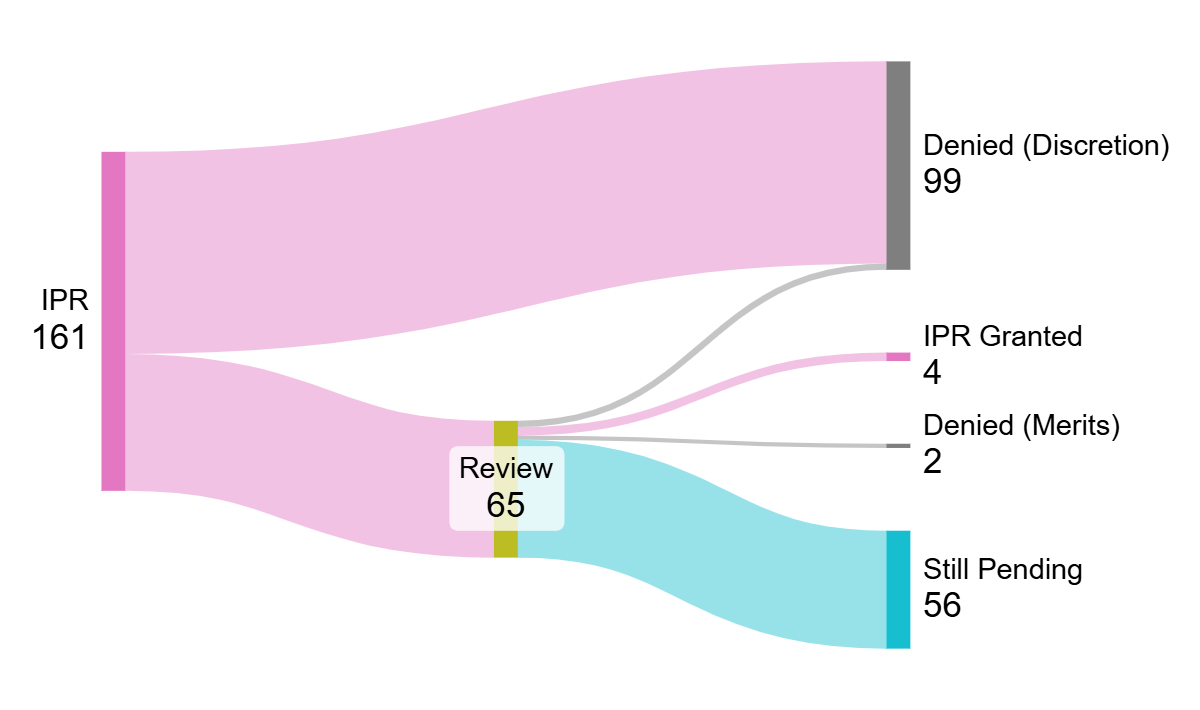by Dennis Crouch
Which cases does the Federal Circuit cite most frequently? I recently compiled data on the top ten most-cited precedents appearing in Federal Circuit opinions during 2025 (so far). Some of the standards remain frequent: Phillips v. AWH Corp. leads, followed by KSR v. Teleflex. Markman v. Westview also makes the list. What may surprise some readers is the prominence of procedural cases addressing threshold questions: whether arguments were preserved, what standard of review applies, and whether judicial review is even available.
The list also reflects the court’s post-AIA docket. Two cases addressing IPR judicial reviewability appear among the top ten: Cuozzo v. Lee and Thryv v. Click-To-Call. The oldest on the list is Consolidated Edison Co. v. NLRB, a 1938 labor law decision that defines the boundary of appellate review.
* For this data, I parsed all of the CAFC’s 2025 precedential patent decisions through December 15, 2025 to create a master table of authorities.
1. Phillips v. AWH Corp., 415 F.3d 1303 (Fed. Cir. 2005) (en banc)
The Federal Circuit’s en banc decision in Phillips remains the undisputed foundation of claim construction doctrine. Twenty years after its issuance, the case continues to lead citation counts because it establishes the framework courts apply in virtually every patent case. Phillips instructs that claim terms carry their ordinary and customary meaning as understood by a person of ordinary skill in the art at the time of invention, with that meaning informed primarily by the intrinsic record: i.e., the claims, the specification, and the prosecution history. The decision resolved a long-running tension about the relative weight of intrinsic versus extrinsic evidence with the result of subordinating dictionaries and expert testimony to the patent document itself. (more…)






